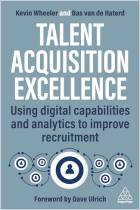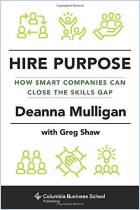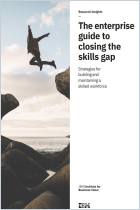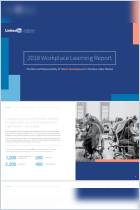Gone are the days when you simply posted a help-wanted ad in the newspaper or a shop window. Building the best company means hiring the best talent. That’s why an entire industry has sprung up around recruitment – and now, the training of recruiters. On this episode of the Skills for Mars podcast, Iulia Istrate interviews Naomi Baily, the enterprise relationship manager at Social Talent, an online recruitment training platform. Their conversation is part advertising for Social Talent and part solid information on the future of learning and hiring.
The future of talent acquisition looks very different.
Recruitment has changed since the 1990s, when many people viewed it as a salesperson’s role or something that a person just fell into when job searching. Now people are leaving college with the intention of becoming recruiters.
AI and automation will thrust recruitment into completely new territory. Some are suspicious of the upcoming changes, but algorithms will be better at connecting the right people with the right job in the right company. Human hiring managers are more likely to choose a candidate due to simple rapport or because the candidate went to the same school or likes the same sports team as the interviewer. Algorithms won’t make those mistakes.
Modern recruitment processes involve around 80 steps, and the process isn’t getting any simpler. As the pace of change grows, recruiters will need to focus on higher cognitive skills, like those involved in drafting job descriptions or connecting with candidates personally, rather than the easily automated tasks like posting jobs, sourcing candidates, coordinating interviews and the early stages of rejecting candidates. The...
On the Skills for Mars podcast, psychologist, career coach and talent acquisition veteran Iulia Istrate interviews different guests about the future of work and the skills people will need to have impactful careers. This episode’s guest, Naomi Baily, is an enterprise relationship manager at Social Talent, a training platform for recruiters.



















Comment on this summary